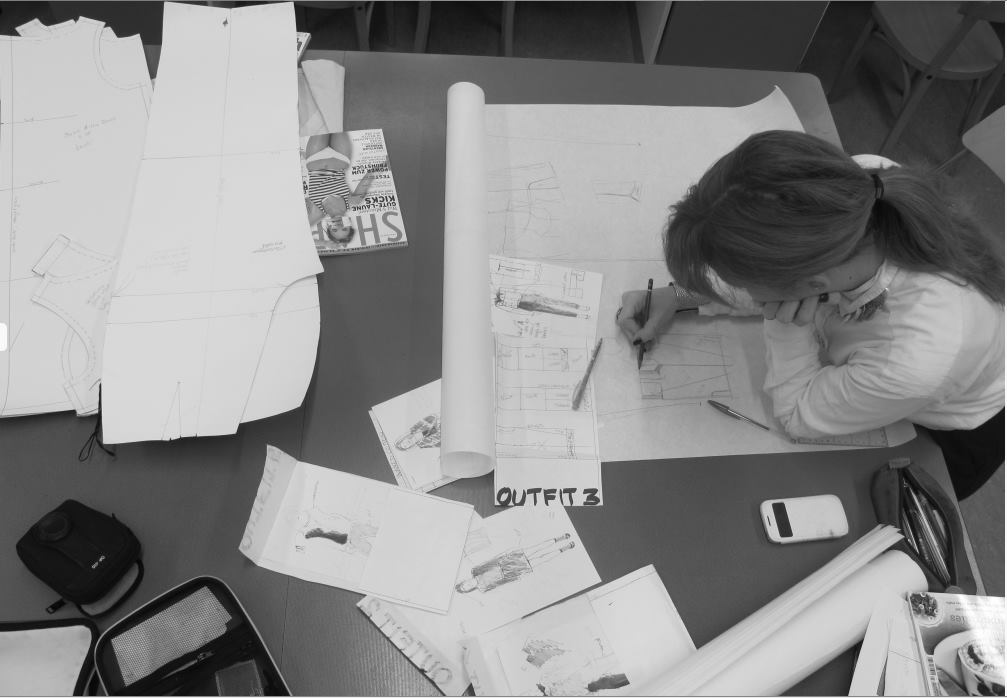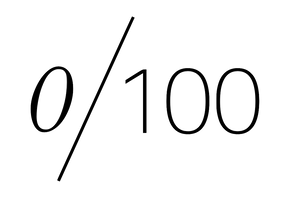
Zero-waste in fashion accordingly to ZEROBARRACENTO.
You have rarely heard of zero-waste in fashion. What does it mean? And what are its positive impacts?
The fashion industry generates a lot of textile waste, and its improper disposal is harming our planet. ZEROBARRACENTO’s designer, Camilla Carrara, strongly believes that zero-waste fashion design is the answer to the dire consequences of the traditional production processes that are polluting our Earth. Zero-waste fashion is about utilising existing materials to their full capacity and not producing textile or other material waste.
Did you know that 15% of textiles go wasted in the fashion production process?
ZEROBARRACENTO was born with the aim of optimising the textile and fashion production chains by improving the current production processes, but this requires a real mind-shift of both designers and manufacturers.
When Camilla was a young student of Fashion Design at Politecnico di Milano, she was visiting several textile companies and discovered the huge quantities of waste that were produced annually. The fact that such a substantial amount of leftovers were produced by premium companies made her think that she wanted to optimise the textile and fashion supply chains. Ambitious, no?
The challenge inherent in the design strategy is to bring together the luxury fit, feel, and aesthetic, within the constraints of zero-waste. Working with zero-waste requires time and a commitment to on-going research. But how does it really work?
ZEROBARRACENTO patterns are developed starting from linear geometric shapes that create a puzzle, then pieces are cut and draped on a dummy.

So, which are the steps that need to be taken to create zero-waste pieces?
-
Start with a fluid mind and let the fabric guide your creativity, rather than the other way
around, which is the usual approach
-
Measure the width of the fabric you are planning to use, the ultimate goal is to use every
inch of it
-
Sketch out some potential ideas of the pieces you would like to create but be aware of the
fact that some elements could change as you may have to adjust them to the fabric width.
-
Now start working with geometric shapes on paper to create a “puzzle” on all the fabric
surface
-
Play a bit on the dummy to get the best out of your pieces!
-
Start cutting the fabric and stitch all pieces together!
The outcome of the design ideas is based on continual experiments on both paper and mannequin.
At ZEROBARRACENTO, we are working hard to be as much transparent as possible towards final consumers and to improve our communication skills, because a value is real (and sells) only if properly communicated!
The core goal of ZEROBARRACENTO is to develop a complete zero-waste production chain; starting from sustainable textile production waste, through the development of textiles, and resulting in a small outerwear collection of zero-waste pieces. The brand collections are clean, essential, and Italian - developed in partnership with mindful manufacturers that are aligned with the brand’s values. That’s why on ZEROBARACENTO.com there is a free-access map of all the brand’s supply chain.
0 and 100 are the brand statements. It means 0% of waste as well 0% of gender and age. ZEROBARRACENTO aims to be 100% sustainable in factual terms. This means being 100% factual, 100% clean, 100% inclusive.
The goal of ZEROBARRACENTO is to achieve the perfect fit often sought by luxury consumers, without compromising on sustainable practices. The idea is to create a cocoon-like feel through the use of oversize volume, soft materials, and enveloping closure systems. The collection silhouettes are directly inspired by the art of Burri, Giacometti, and Brancusi.
Zero-waste must be a 360° choice; it should be a commitment in our daily lives as it could allow us all to truly reduce our impact. As a brand driven by a strong creative soul, we think it is both a challenge and an opportunity to experiment with new ways to design
